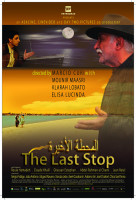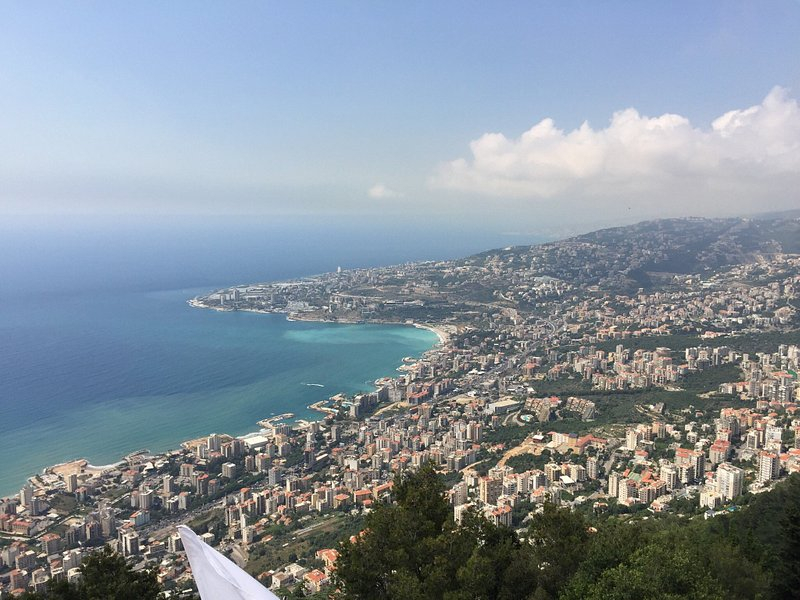A Última Estação Filming Locations
A Última Estação Filming Locations
Santos, a coastal city in southern Brazil's São Paulo state, is a major seaport stretching from the mainland to São Vicente Island. The island's urban center borders the Bay of Santos, known for its wide beach and adjacent 5.3km-long garden. The Museu do Café, occupying a 1922 commodities exchange preserved in the historic district, explores the area's key role in Brazil's coffee trade.
Paulínia is a Brazilian municipality in the interior of the state of São Paulo. It is located in the northwest of the São Paulo Macrometropolis and is about 119 km from the state capital. It occupies an area of 139 km² and in 2018, IBGE estimated its population at 106,776.
Campinas is a city in southeast Brazil, northwest of São Paulo. Its Metropolitan Cathedral has a jacaranda-wood interior and a museum of sacred art. Castle Tower, formerly a water tower, offers panoramic views. In the north, Portugal Park contains a planetarium and restored tramcars from the early 20th century. On the edge of the park, the Coffee Museum recalls the city’s coffee-producing history.
Brasília, inaugurated as Brazil’s capital in 1960, is a planned city distinguished by its white, modern architecture, chiefly designed by Oscar Niemeyer. Laid out in the shape of an airplane, its “fuselage” is the Monumental Axis, 2 wide avenues flanking a massive park. In the “cockpit” is Praça dos Três Poderes, named for the 3 branches of government surrounding it.
Ilhéus is a major city located in the southern coastal region of Bahia, Brazil, 211 km south of Salvador, the state's capital. The city was founded in 1534 as Vila de São Jorge dos Ilhéus and is known as one of the most important tourism centers of the northeast of Brazil.
Belém, capital of the state of Pará, is a port city and gateway to Brazil’s lower Amazon region. By Guajará Bay, the riverfront district Cidade Velha (old town) preserves Portuguese-colonial architecture, including churches, colorful azulejo-tile houses and a 17th-century fortification known as Forte do Presépio. Ver-o-Peso is a vast, open-air market on the water selling Amazonian fish, fruit and handicrafts.
Beirut is the capital and largest city of Lebanon. As of 2014, Greater Beirut has a population of 2.5 million, which makes it the third-largest city in the Levant region and the thirteenth-largest in the Arab world. The city is situated on a peninsula at the midpoint of Lebanon's Mediterranean coast.
Jounieh is a coastal city in Keserwan District, about 16 km north of Beirut, Lebanon. Since 2017, it has been the capital of Keserwan-Jbeil Governorate.
A Última Estação (2012)
The life of a Lebanese immigrant through 50 years in Brazil.


